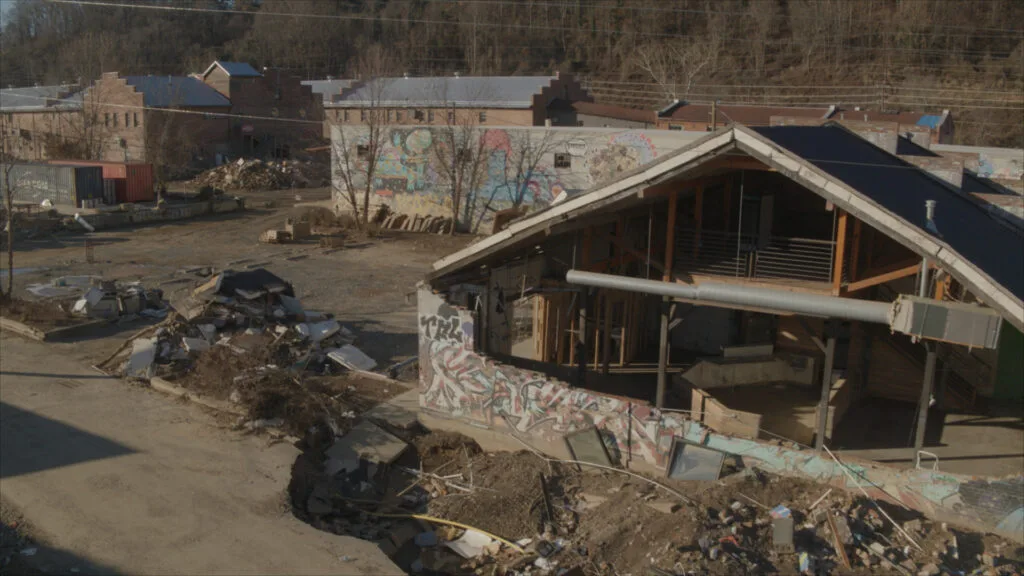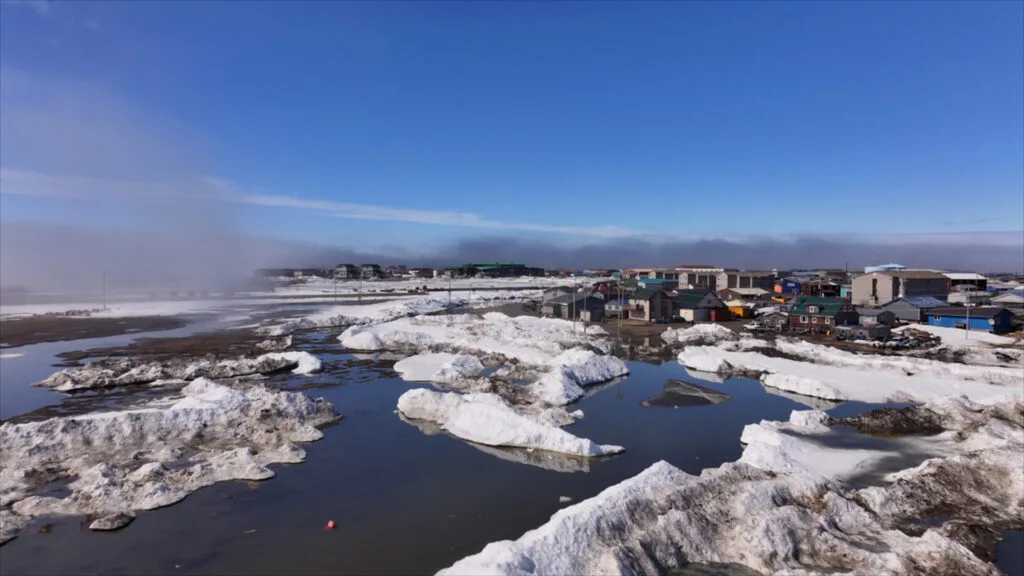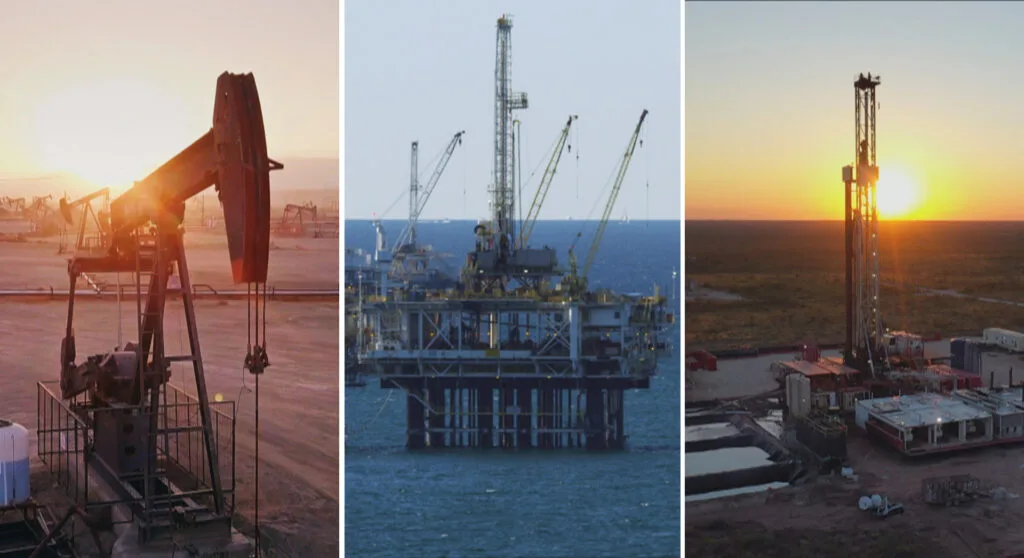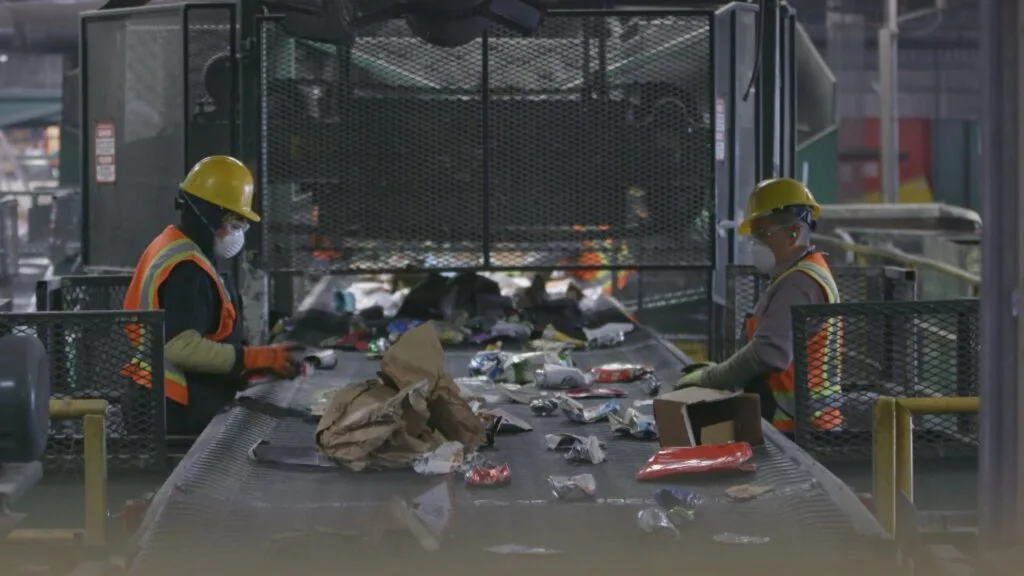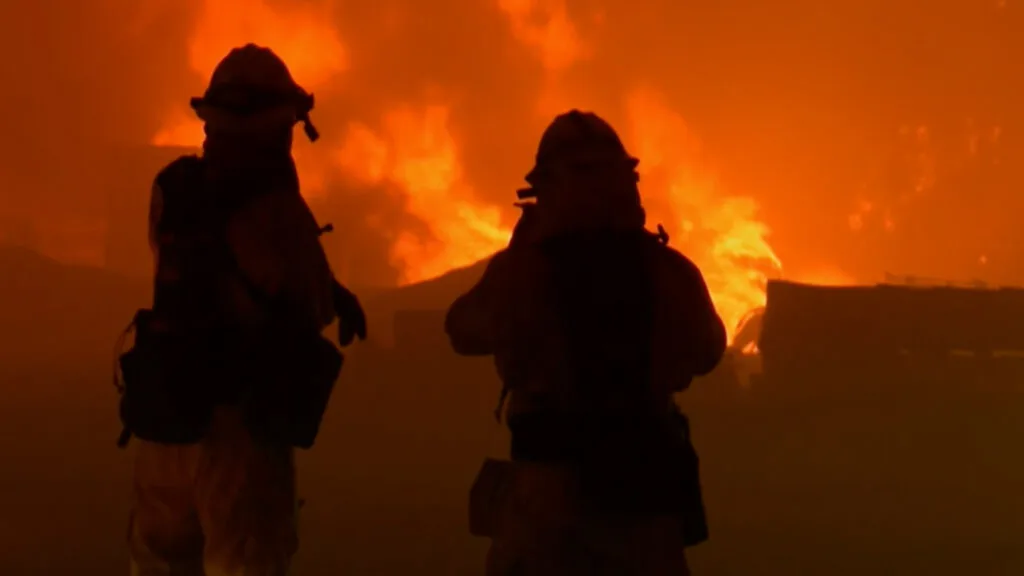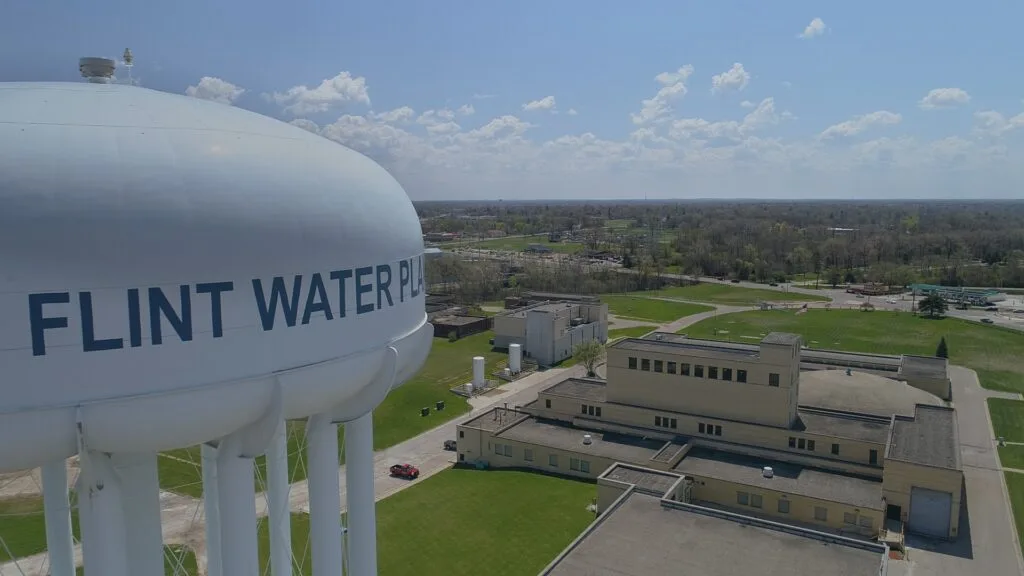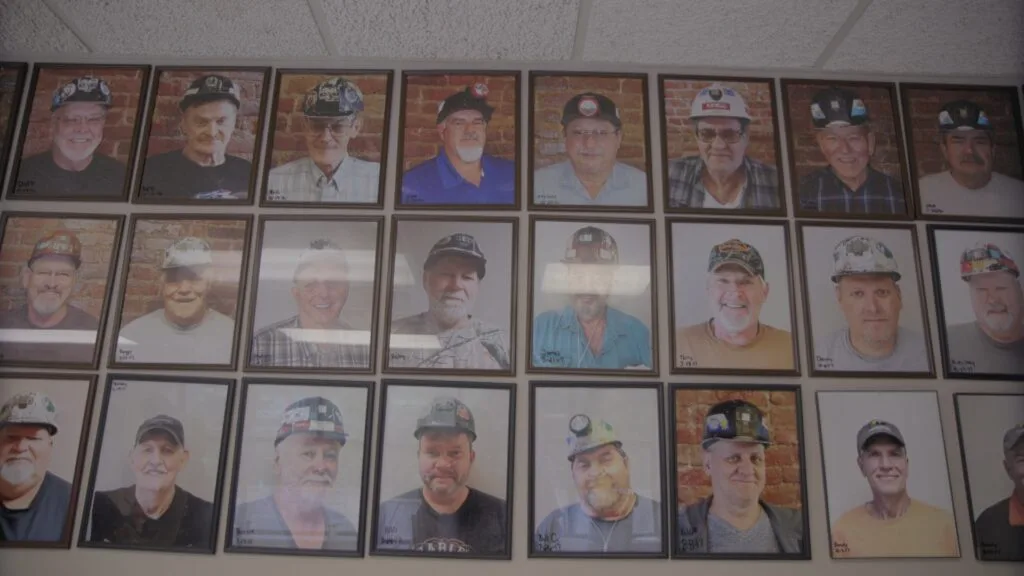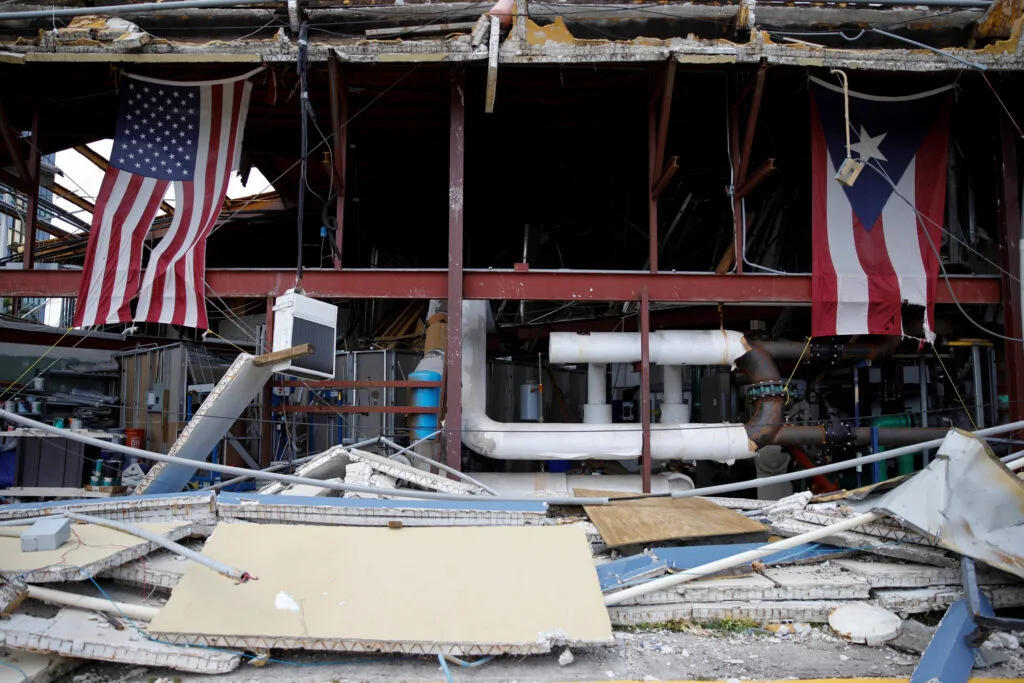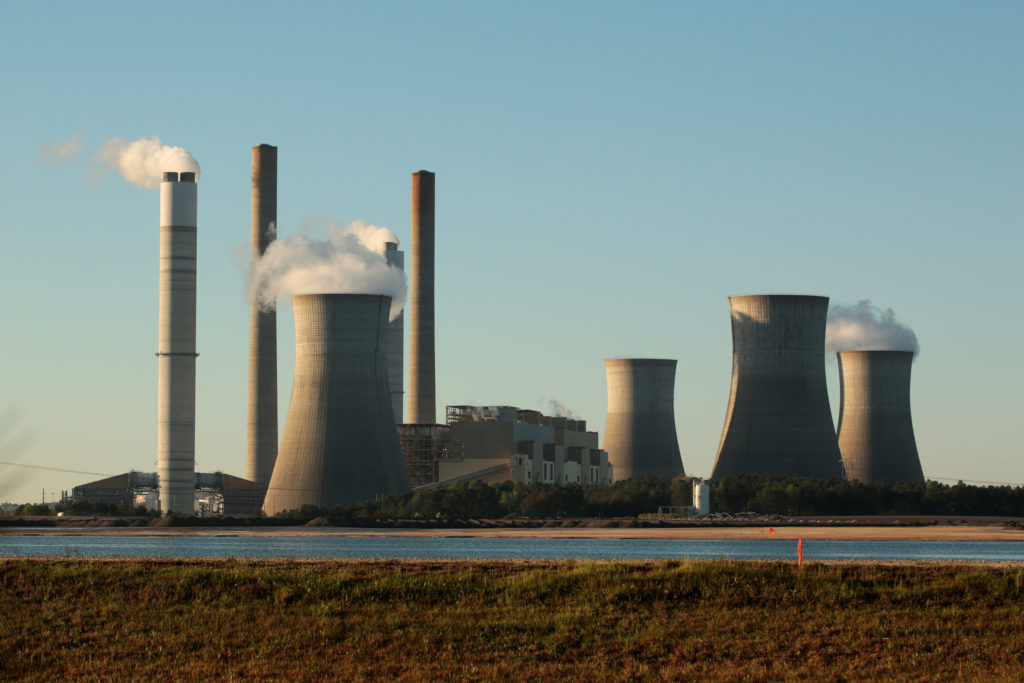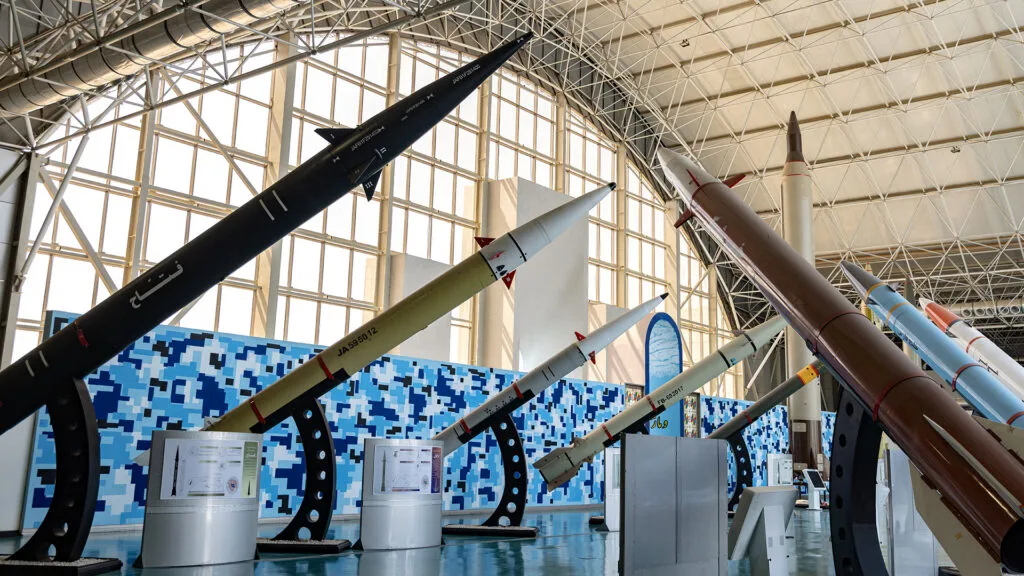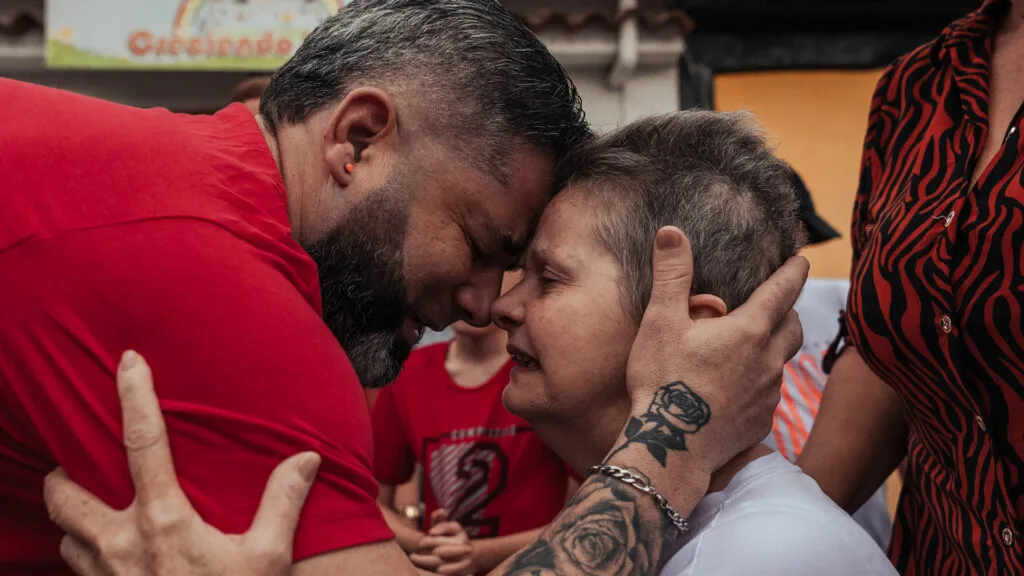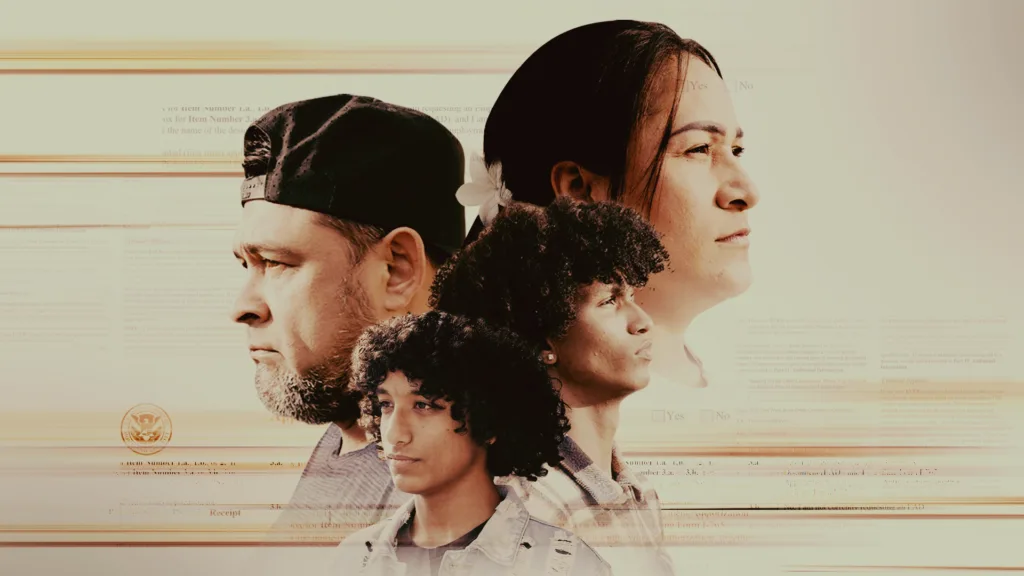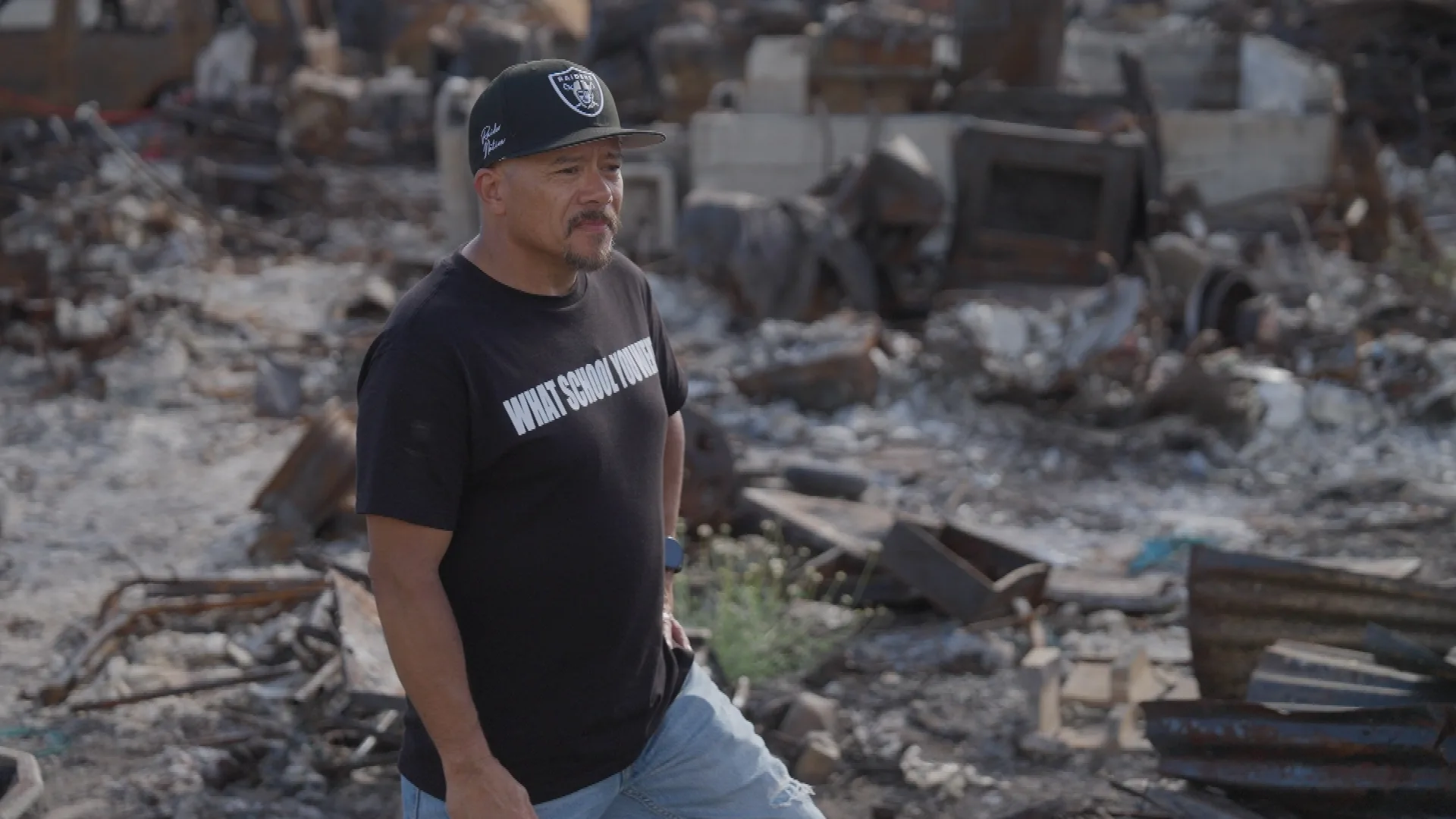How Filmmakers Documented the Response and Aftermath of ‘Maui’s Deadly Firestorm’
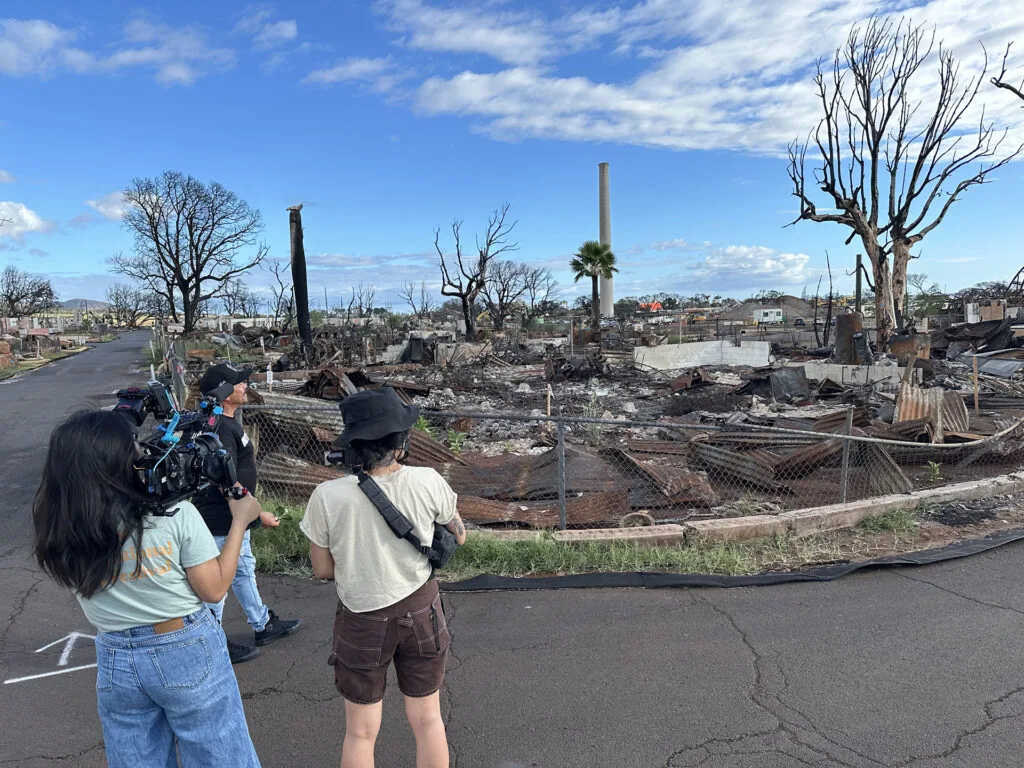
January 7, 2025
Share
On Aug. 8, 2023, high winds from a hurricane in the central Pacific and a downed power line led to wildfires in Maui that ultimately claimed more than 100 lives and displaced thousands of residents. FRONTLINE’s documentary Maui’s Deadly Firestorm takes viewers into that fateful day and tracks how events unfolded for residents as local authorities scrambled to coordinate a response to the inferno that eventually engulfed entire neighborhoods.
Featuring revealing interviews with residents who were caught in the catastrophe, and with first responders and local and state officials, the documentary also investigates the conditions that led to the wildfire’s immense toll and examines recovery efforts.
In a conversation with FRONTLINE, writer, producer and director Xinyan Yu and producer Christina Avalos spoke about how they worked to gain trust from the local community while making the documentary, what the recovery has been like for residents who lost their homes, and what steps are being taken to prevent the next tragedy.
This interview has been edited for length and clarity.
Could you talk about how and why you decided to make a documentary about the wildfires in Maui?
Yu: I had been to Lahaina and I was very curious about how this very historic town of Lahaina on Maui — such a popular tourist destination — can suffer from such a deadly fire. It was the deadliest fire in a century. Climate stories are often pretty hard to tell because they’re abstract and they’re complex. This particular story of Lahaina is not just a climate story, it’s also about emergency response. It’s about prevention and preparedness and the history of Lahaina. So for me, as a journalist and a storyteller, the story really, really made me feel like it’s a very important one to tell.
Avalos: I had been following the story because I have connections to Hawai‘i. I grew up part-time in Hawai‘i, like a good chunk of my childhood, so I was immediately drawn to the story. I had never been to Maui, but I also understood the complexities of the community there and knew it would be a challenge journalistically.
The film features interviews with people who went through harrowing experiences trying to escape from the wildfires. How did your team find these individuals? How did you get them to open up and share their experiences?
Yu: We first went as a very, very small team, just me and the cinematographer, around November 2023. It was just three months after the fire and the feelings were still really raw among the community members. A lot of people were grieving. It was really hard to gain trust. When I arrived, it was a pretty difficult period when those who wanted to share already shared their stories and others just did not want to speak to the media. It took us a while to convince people to go on camera.
We spent a lot of time with local residents and really showed them that we’re not there to extract content. We’re really there to document, over a year, what’s going to happen after the fire and really listen to them and hear them on how the tragedy was not just a one-time unfortunate event, but that it was a tragedy that was years in the making.
In the documentary, we meet people who were displaced by the August 2023 wildfires and living in hotels. How common was that, and what is the situation for these residents now? What has the recovery been like for them?
Yu: Public housing was already very strained even before the fire. After the fire, more than 6,000 people were needing a place to stay, so they were first put in hotels. I remember attending a meeting with the Red Cross where things got really emotional because some families with pets were assigned hotels on the other side of the island, which made going to work and school difficult.
“I think this film serves as a reminder that communities really should prepare before disasters strike.”Xinyan YuAnd then through the course of the year, FEMA [Federal Emergency Management Agency] had some long-term housing options, but some of the people we interviewed and many others fell through the cracks. So the recovery was definitely very long and painful for people. You can imagine living alongside tourists after you’ve lost everything in the fire, how traumatic that was. In the end, the county and state and the electric company and the landowners agreed to pay out a $4 billion settlement, but it was without admitting liability. So I think a lot of people felt like justice wasn’t really served, especially when many residents we spoke with are still living in limbo waiting to see how they can truly rebuild their lives.
One of our interviewees who lived in Kuhua Camp has been camping on her property waiting for a permit to rebuild. Some moved away from Maui, and others fear that they would not be able to afford rent when FEMA’s housing assistance runs out.
The film includes incredible footage from cellphones, capturing what that day was like. How did your team find the footage?
Avalos: A lot of what we gathered was directly from residents themselves who were taking cell phone video either right before or as they were escaping the fire. And then another piece of it was obviously combing through social media. We had an archival team that was great and a researcher who was so meticulously going through everything.
Through FOIA requests, we went through over a thousand 911 calls, hours of bodycam footage and various reports from the county and state that included some of this UGC [user generated content] footage or footage from the fire department directly. What was interesting is, because we were connecting with local residents and simultaneously going through these more primary sources in our reporting, we were able to connect the dots between some of the personal stories we were hearing and the actual official footage that we were getting. We were able to really have these kinds of moments of discovery in our reporting that made it a bit more personal and it felt like a deeper dive.
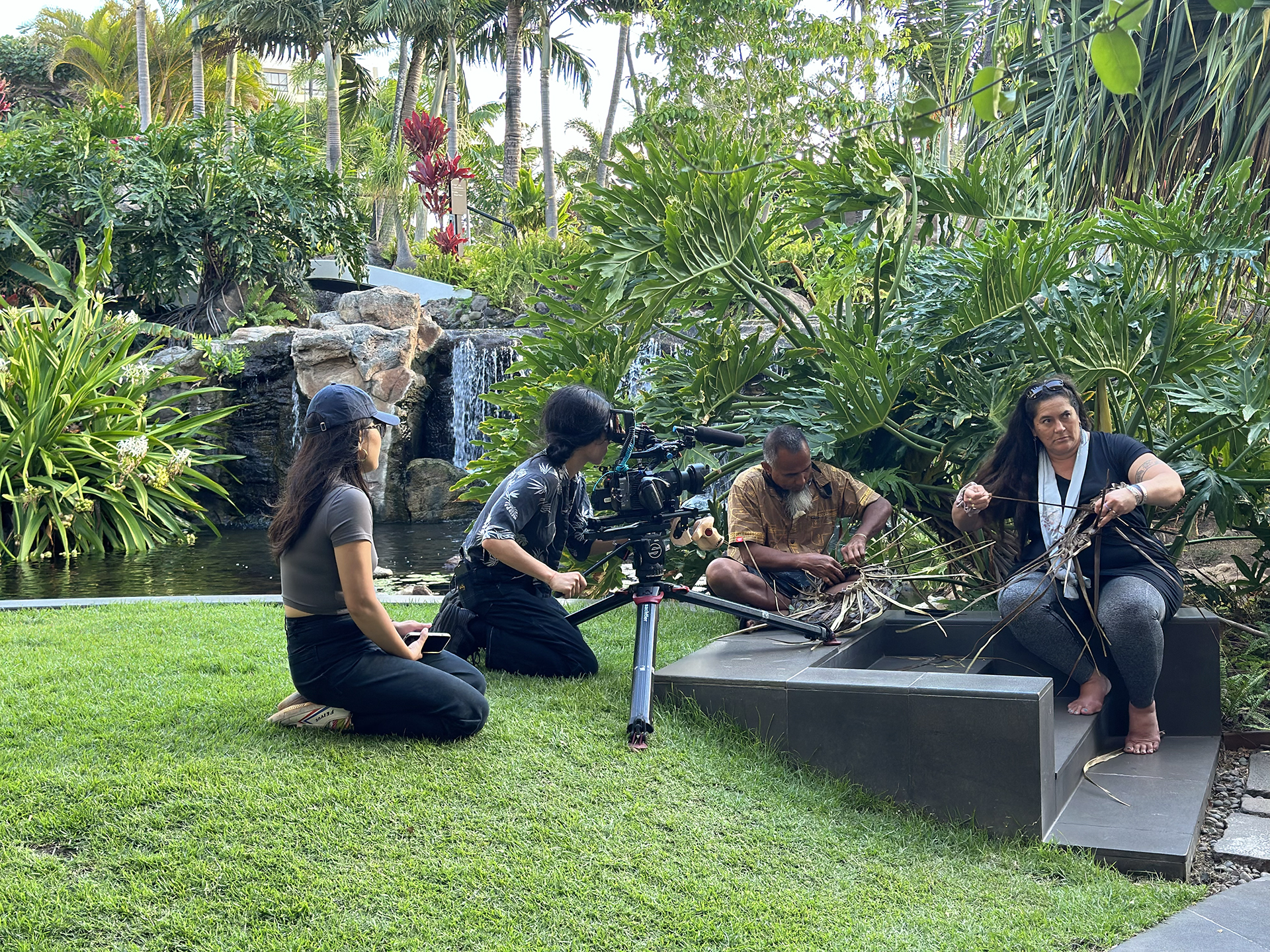
The documentary shows what happened at evacuation routes, and the bottleneck that resulted as people were trying to escape. Can you tell us about the way you mapped the situation and the timeline of how events unfolded?
Avalos: Over time, we kept a master document of our own timeline in which we were piecing together individual details of information. The Maui Police Department released an after-action report in February that released locations of where the actual deaths occurred and where bodies were found. There was a concentration in one particular neighborhood where over 40 deaths occurred.
This sparked questions for us about, “Why did that happen?” Through connecting with residents and understanding the obstacles that they were facing trying to get out of that particular neighborhood, clocking what they were seeing at what time, gathering these videos and actually documenting what we see in those visual materials — but also running through several reports of where downed lines happened, when power was shut off — that really allowed us to understand the multiple components that were trapping people.
One of the points that emerges from the film is missed opportunities to potentially prevent such a tragedy. Could you talk about what those moments were?
Yu: When we first went into the reporting, what was very clear to me from talking to the residents is that they were very upset that there was one big fire in 2018 that almost burned down Lahaina.
From then, we really started digging into county documents, and we can see that multiple players in the fire had been warned and concerns had been raised. We see documents from Hawai‘i Wildfire Management Organization, which was the NGO that has been really sounding the alarm for years and years prior to the 2023 fire and raising concerns on vegetation management and a lack of prevention. And you also learned that officials were aware of the county’s lack of fire prevention efforts prior to the fire. Hawaiian Electric also proposed updating their aging poles.
“As a society, we need to think about where we want to spend our money and what we need to prioritize to keep our communities safe.”Christina AvalosThere were multiple investigations into the 2023 wildfires in Maui, including one ordered by Hawai‘i Gov. Josh Green. Can you talk about some of the key problems identified around the response?
Avalos: The interesting thing about that report is that while it outlines the gaps in the emergency response, it did find there was an overall lack of communication. There was poor coordination between responding agencies in communicating with each other but also in the way that they were communicating with the public.
The report highlights that despite this growing wildfire threat that we’re seeing — year after year, multiple fires in Hawai‘i — there was a lack of overall preparedness among the agencies that were tasked with the actual incident management.
What have state and local authorities and the agencies involved said in response to the criticisms?
Yu: We reached out to all the agencies, including the fire department, the police department and the county and the electric company for response. And they acknowledge some of their responsibility. For example, Hawaiian Electric admitted that their equipment and their downed power lines did start the fire. The police department did recognize that there was a lack of interagency communication during the fire and that could be improved. But they also pushed back on some of the criticisms.
All in all, the agencies applauded the heroic efforts from the first responders because they did try their best to save lives under unprecedented circumstances but also, as they wrote to us, emphasized ongoing structural improvements and a commitment to fire prevention and preparation.
Read more: Responses From Maui Authorities Regarding the Devastating August 2023 Wildfire
What kind of changes have happened since the wildfires that might impact how the area handles the next storm or fire?
Avalos: The county has taken concrete steps towards improving their preparedness. They admit there’s still a lot to do. But one of those concrete things is they established a fire marshal position. Hawai‘i did not have a fire marshal for several decades before this fire. They’ve installed fire sensors using AI to detect heat in the area. They’ve hired hand crews to help trim the fire-prone vegetation.
The Maui Emergency Management Agency, which is the agency that’s really supposed to be the one coordinating and overseeing these disasters, they were severely understaffed. They’ve added 13 new positions and they’ve appointed a new administrator who has experience as a former fire battalion chief. Maui has also adopted a unified command structure, which is supposed to streamline communications.
Hawaiian Electric is another big player in this. They have adopted a power safety shut off plan similar to California that allows them to preemptively shut off the power in the event of extreme weather. They’ve also begun replacing aging poles.
Considering that wildfires are becoming frequent occurrences across the U.S. and the world, what do you hope viewers get from watching this documentary?
Yu: A lot of people think that tragic disaster stories are always someone else’s story, that it belongs to another community suffering from a stroke of bad luck. But I think it’s very obvious that extreme weather has become more frequent and wildfires could happen in almost any community. I think this film serves as a reminder that communities really should prepare before disasters strike.
Avalos: That’s something that we all kind of learned as we were making this film. What I take away from it as even just a citizen is that we all need to prioritize these kind of more big-picture solutions that take time like upgrading infrastructure, vegetation management, things that will not happen overnight. As a society, we need to think about where we want to spend our money and what we need to prioritize to keep our communities safe.
Watch the full documentary Maui’s Deadly Firestorm:
Related Documentaries
Latest Documentaries
Related Stories
Related Stories
Explore
Policies
Teacher Center
Funding for FRONTLINE is provided through the support of PBS viewers and by the Corporation for Public Broadcasting, with major support from Ford Foundation. Additional funding is provided the Abrams Foundation, Park Foundation, John D. and Catherine T. MacArthur Foundation, Heising-Simons Foundation, and the FRONTLINE Trust, with major support from Jon and Jo Ann Hagler on behalf of the Jon L. Hagler Foundation, and additional support from Koo and Patricia Yuen. FRONTLINE is a registered trademark of WGBH Educational Foundation. Web Site Copyright ©1995-2025 WGBH Educational Foundation. PBS is a 501(c)(3) not-for-profit organization.
